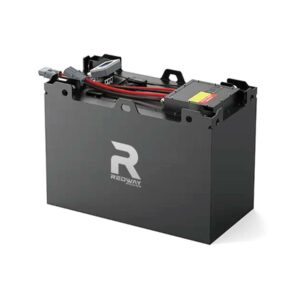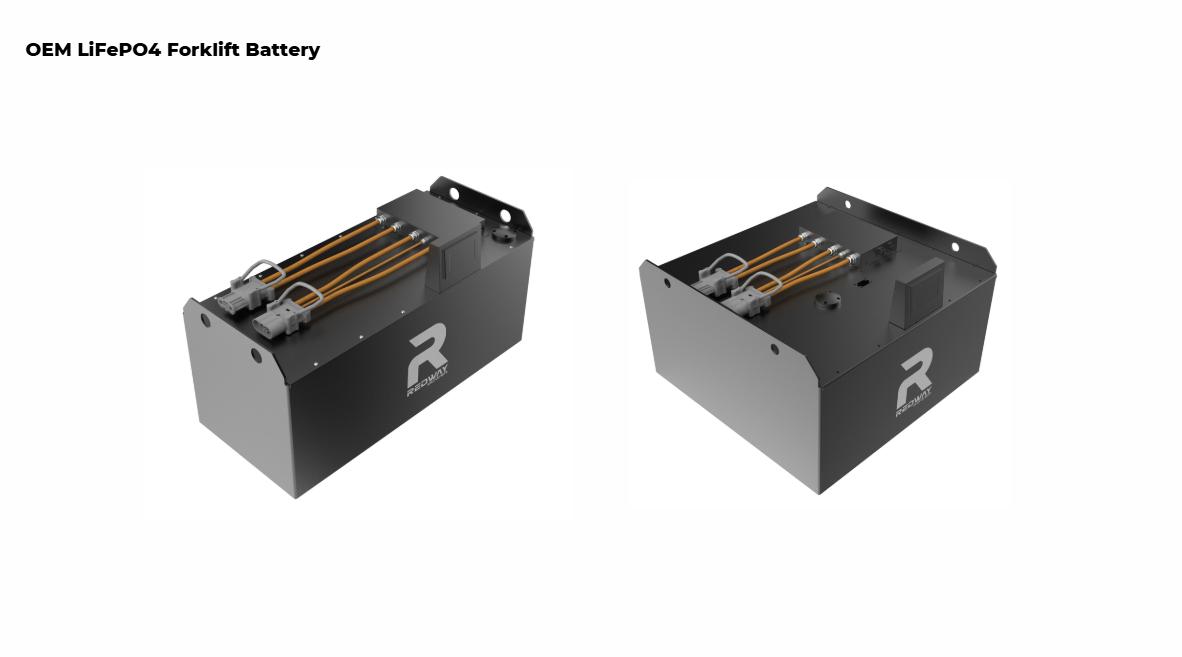What Battery is Best for a Crown Forklift?
Crown forklifts typically use lead-acid or lithium-ion batteries. Lead-acid batteries are cost-effective and reliable for heavy-duty operations, while lithium-ion offers faster charging and longer lifespan. The best choice depends on usage frequency, budget, and operational efficiency goals. Always verify compatibility with your Crown forklift model to ensure optimal performance.
How to Choose the Right Battery for Your Crown Forklift?

Selecting the correct battery involves evaluating voltage (typically 24V, 36V, or 48V), capacity (Ah), and physical dimensions. Match these specifications to your Crown forklift’s requirements. Lithium-ion batteries suit high-usage environments due to minimal maintenance, while lead-acid is ideal for budget-conscious operations. Consult Crown’s manual or a certified dealer for model-specific guidance.
When evaluating battery options, consider your facility’s daily operational hours and charging infrastructure. For operations running multiple shifts, lithium-ion’s rapid charging capability reduces downtime significantly. Below is a comparison table for common Crown forklift models and their compatible battery specifications:
| Forklift Model | Voltage Requirement | Recommended Capacity |
|---|---|---|
| Crown C-5 | 36V | 625–875 Ah |
| Crown RR 5700 | 48V | 1,000–1,200 Ah |
What Are the Key Differences Between Lead-Acid and Lithium-Ion Batteries?
Lead-acid batteries are heavier, require regular watering, and have a shorter lifespan (3–5 years). Lithium-ion batteries are lightweight, maintenance-free, and last 8–10 years. They also charge faster (1–2 hours vs. 8–10 hours for lead-acid) and operate efficiently in extreme temperatures. However, lithium-ion has a higher upfront cost but lower long-term expenses.
24V 160Ah LiFePO4 Forklift Battery
How Often Should You Charge a Crown Forklift Battery?
Charge lead-acid batteries after each shift or when capacity drops below 20%. Avoid deep discharges to prolong lifespan. Lithium-ion batteries can be charged opportunistically (e.g., during breaks) without memory effect. Use Crown-recommended chargers to prevent overcharging or undercharging, which can damage cells and reduce efficiency.
36V 250Ah LiFePO4 Forklift Battery
What Maintenance Practices Extend Forklift Battery Life?
For lead-acid: Check water levels weekly, clean terminals, and equalize charges monthly. Store in a cool, dry place. For lithium-ion: Avoid extreme temperatures, keep firmware updated, and perform routine diagnostics. Both types benefit from proper charging cycles and avoiding overloading the forklift beyond its rated capacity.
36V 700Ah LiFePO4 Forklift Battery
Implementing a proactive maintenance schedule can reduce unexpected failures. For lead-acid batteries, use a monthly checklist including terminal cleaning with baking soda solutions and specific gravity testing. Lithium-ion systems require software updates to optimize charge cycles and cell balancing. Below are critical maintenance intervals for both types:
| Task | Lead-Acid Frequency | Lithium-Ion Frequency |
|---|---|---|
| Terminal Inspection | Weekly | Quarterly |
| Software Update | N/A | Biannually |
What Safety Precautions Apply to Forklift Battery Handling?
Wear PPE (gloves, goggles) when handling electrolytes. Avoid sparks near batteries, and ensure ventilation to disperse hydrogen gas. Use insulated tools during maintenance. For lithium-ion, follow thermal management protocols and store in fire-resistant containers. Train staff on emergency procedures for leaks or thermal runaway.
48V 460Ah LiFePO4 LFP Forklift Battery
Proper safety protocols prevent 85% of battery-related accidents in warehouses. Always use acid-resistant aprons during lead-acid maintenance and install hydrogen detectors in charging areas. For lithium-ion systems, establish a 10-foot clearance zone during charging and store batteries at 50% charge when unused for extended periods. Emergency kits should include neutralizing agents for acid spills and Class D fire extinguishers for lithium fires.
“Crown forklift operators often underestimate the ROI of lithium-ion batteries. While pricier upfront, their energy efficiency reduces electricity costs by 20–30%, and their lifespan doubles compared to lead-acid. Properly sized lithium batteries can also reduce downtime, making them ideal for multi-shift operations.” — Redway Power Solutions Engineer
FAQ
- Can I upgrade my Crown forklift to lithium-ion?
- Yes, if the forklift’s motor and charger support lithium-ion specifications. Retrofitting may require wiring adjustments and a compatible battery management system (BMS).
- How do I dispose of a Crown forklift battery?
- Lead-acid batteries must be recycled at certified facilities. Lithium-ion batteries require specialized disposal due to hazardous materials. Many dealers offer take-back programs.
- What’s the average cost of a Crown forklift battery?
- Lead-acid: $2,000–$5,000. Lithium-ion: $8,000–$15,000. Pricing varies by capacity and brand.

